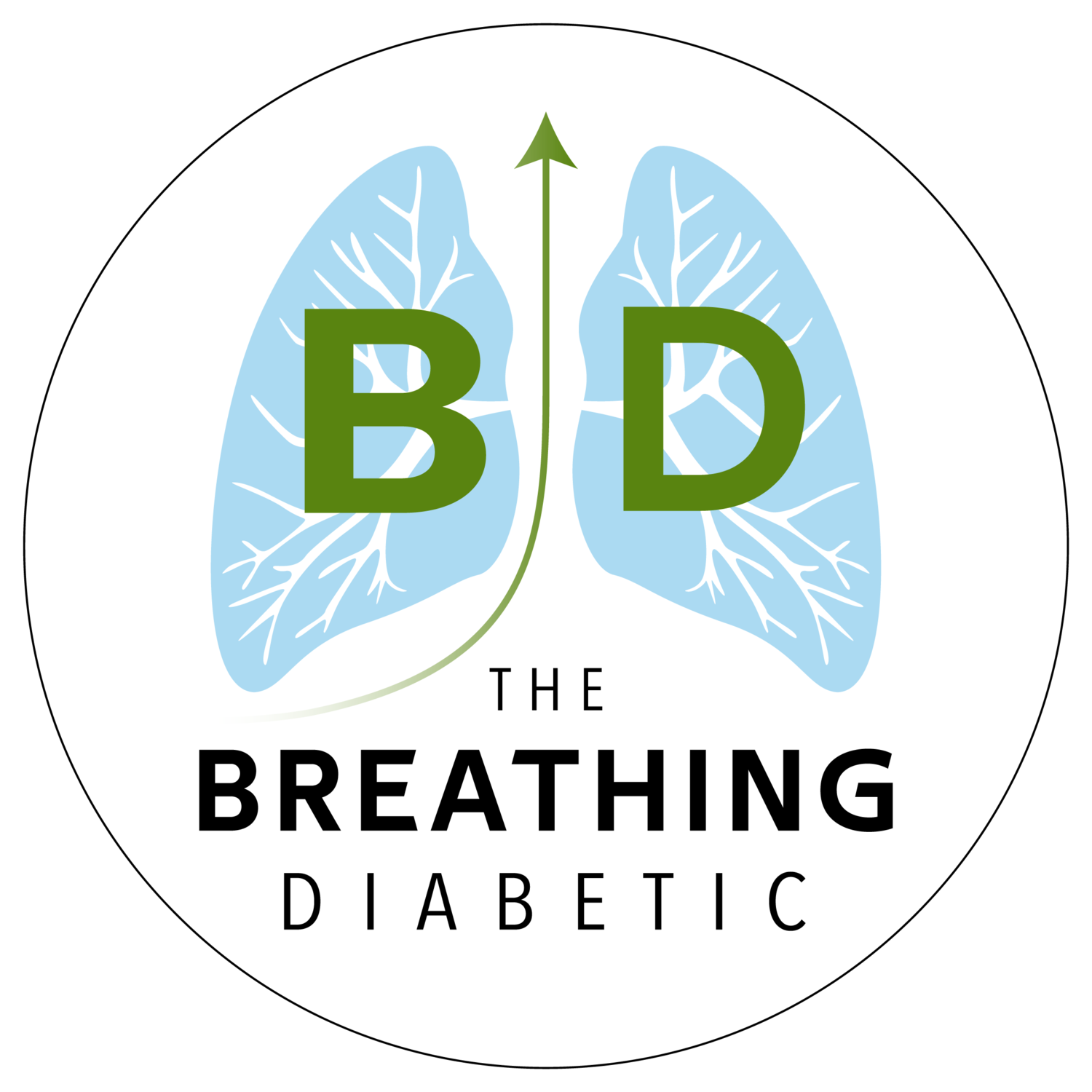Listen Instead of Reading
If you enjoy listening, you can subscribe to the audio version on Spotify, Apple Podcasts, and Audible so you don’t even have to look at the email 😊
Enjoy These Posts?
Reading Time: 1 min 33 sec
I hope the next 19’ish breaths are the most nourishing of your day.
4 THOUGHTS
1. Inspiration from the Environment
“Studies of brainwaves during breathing suggested that the strongest effect of synching up with breathing rate comes on an in-breath. It sounds a bit cheesy, but it’s also true: when we breathe, we are literally taking inspiration from the environment and the subtle clues that it contains.”
– Caroline Williams, Move
How cool is that? Inhaling synchronizes our brainwaves because it’s literally our way of receiving subtle clues from the environment. This means that information coming from breathing gets special attention in the brain…which is why deliberately changing how we breathe can profoundly impact our mental and emotional states 👏
2. Recharging Our Batteries
“A lot of people also run out of energy because they forget to recharge. We need to recharge our batteries by doing retreats or other things that help us to relax, that give us pleasure and make us laugh, because we don’t want to take ourselves too seriously. We all want to lighten up, don’t we?”
– Jetsunma Tenzin Palmo, The Heroic Heart
This applies not only in big ways like retreats, but perhaps even more importantly, in tiny ways—like when we have a few extra minutes to laugh, to breathe, to walk, or read. When we recharge our batteries this way, we’re better able to serve others 🙏.
3. Retreats, Frames, and How to Float Through Life
1. When life is your practice, you’re always on a retreat.
2. Any frame we put around the power of breathing won’t fit.
3. To float through life, treat laughter as your ocean.
4. Don’t Should on Yourself
“How many of us should on ourselves all the time?”
– Don Campbell, Healing Yourself with Your Own Voice
Guilty here. Let’s do our best not to “should on ourselves” this week 😊
1 Quote
“The breath helps you maintain full attention, enabling you to see with greater clarity and accuracy the true nature of all forms: everything that arises passes away.””
1 Answer
Category: Lung Forces
Answer: When upright, blood flow is greatest in the lower portions the lungs (up to 5-fold greater) due at least partially to the effect of this ever-present force.
…
(Cue the Jeopardy! music.)
…
Question: What is gravity?
In good breath,
Nick Heath, T1D, PhD
“Breathing is the compound interest of health & wellness.”
P.S. okay let’s not jump to conclusions
Wisdom that Inspires Action, Mindfulness, and Humor
The Breathing 411 is mindfully created each week to support your journey. If you find it valuable, consider joining the Breath Learning Center. Members gain access to an ever-growing collection of book summaries, science paper reviews, and insights from the greatest teachers and thinkers, designed to help you find your unique path, connect ideas, help others, laugh, and grow as a Mixed Mindful Artist. It also includes ad-free daily emails, guided practices, and more.
Treat yourself to a better life.
The Breathing App for Diabetes
This is the first program specifically made for people with diabetes to help manage their stress through breathing and mindfulness practices. In addition to the amazing program inside the app, we have some really neat things coming up, so sign up now!
Amazon Associate Disclosure
I’ve been recommending books for almost 6 years. Yet somehow, I just discovered that I could be an Amazon affiliate [face-palm]. In any case better late than never. Now, any Amazon link you click is an affiliate link. As an Amazon Associate, I earn from qualifying purchases. So, if you’d like to support my work, buying books through these links is helpful : )
* An asterisk by a quote indicates that I listened to this book on Audible. Therefore, the quotation might not be correct, but is my best attempt at reproducing the punctuation based on the narrator’s pace, tone, and pauses.


